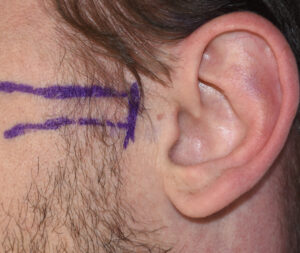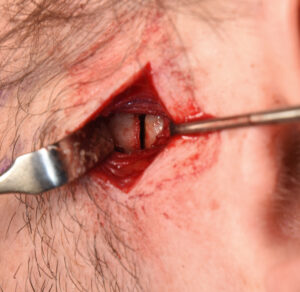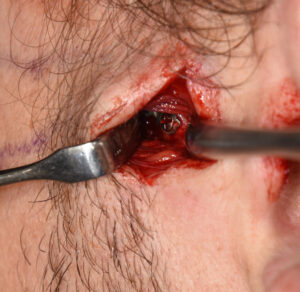Cheekbone reduction surgery is accomplished by a combination of a front and back osteotomy. (bone cut) The front osteotomy is performed intraorally and cuts through the main body of the cheekbone. The back osteotomy is performed through a skin incision and cuts through the end of the smaller zygomatic arch. The two osteotomies work in tandem to allow the long convex-shaped arch to be moved inward which narrows the face.
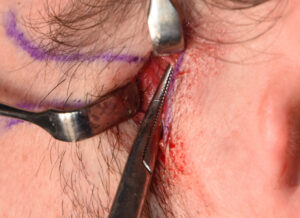
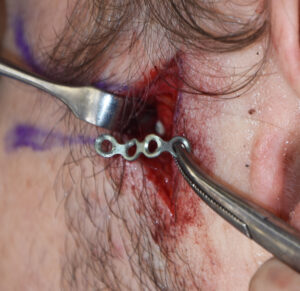
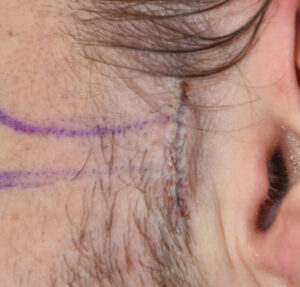
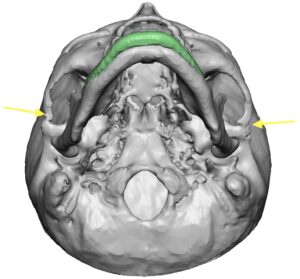
Dr. Barry Eppley
Indianapolis, Indiana




